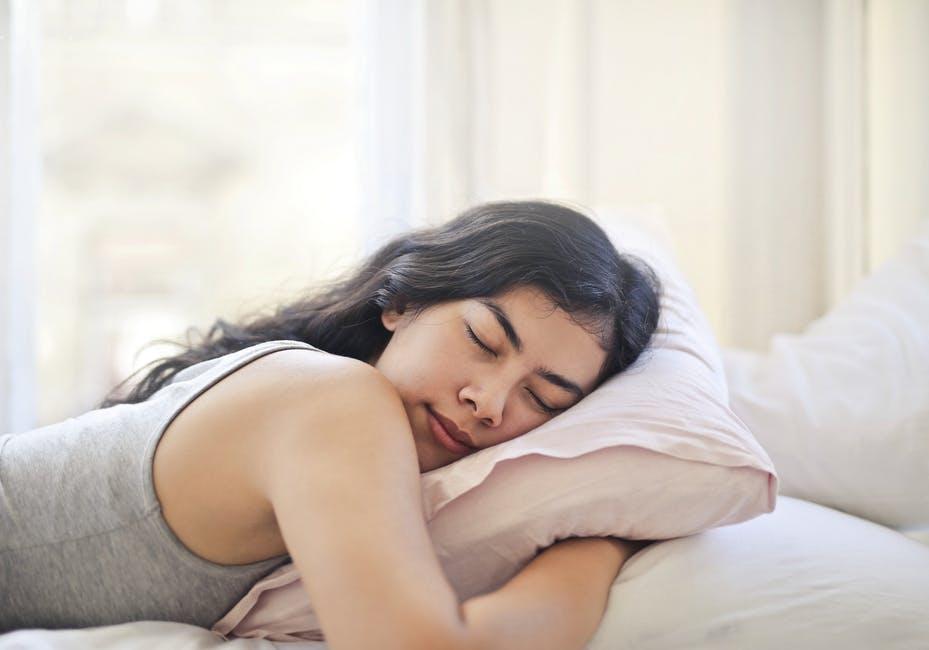Creating a Good Sleep Environment: The Optimal Sleep Temperature

There are myriad reasons why Americans aren’t getting enough sleep. It could be drugs, alcohol, stress, anxiety, or maybe even the temperature of your bedroom.
Finding an optimal sleep temperature is a very important thing to do. If you’re living in conditions that are too hot or cold for your body to sleep well, you put yourself at serious risk of various health issues.
We’re going to explore the best sleep temperature in this article, giving you some ideas on how to find your temperature and improve your sleep. Let’s get started.
How to Find The Optimal Sleep Temperature
The general range for healthy sleep is somewhere in the 60-65 degrees Fahrenheit range. That’s the ideal temperature for most people to fall asleep and stay asleep in.
That said, everyone’s preferences are different. Your particular biology and lifestyle determine the temperature that’s best for you.
Everybody has a different circadian rhythm, which dictates the ebbs and flows of sleep and rests in our lives. Generally speaking, our bodies start to cool down an hour or two before we typically go to bed.
That cooling sets us up to get cozy in our beds and drift away to sleep. The cooling process hits its valley around two hours after we fall asleep, dipping our body temperatures to around 2-degrees below average.
Then, the cycle comes back the other way, warming our bodies up to wake up in the morning. Your goal should be to allow that process to happen.
Extreme temperatures in either direction make it difficult for your body to follow its natural rhythm. Let’s look at ways that you can find your optimal temperature.
Experimenting With Yout Optimal Sleep Environment
To fine-tune your temperatures, you’ll either need some piece of sleep-monitoring technology or a well-kept journal. Either one will work if you’re dedicated to the process.
Start by setting your thermostat to 60 degrees before you go to bed. Do this for a few days, jotting down your quality of sleep and the level of energy you had the following day.
Then, increase the temperature by one degree, working your way up to 65 degrees. Look through your data and see which temperature produced the best sleep. If you found that your best sleep was at either one of the extremes (60 or 65 degrees), consider pushing a degree or two past that extreme.
You might get the best sleep at 59 or 66 degrees, for example. You could also find that your mattress or your bedding are causing you to overheat.
Mattresses at this location are designed to help you regulate your temperature and get a great night’s sleep. You can explore different variables and find the sleep situation that works best for you, but keep in mind that temperature plays a massive role!
Want to Learn More About Sleep Hygiene?
We hope our look at finding the optimal sleep temperature was useful to you. There’s lots more to learn about getting a great night’s sleep, though. We’re here to help.
Explore our site for more ideas on how to improve the quality of your sleep, live a healthier life, and much more.







